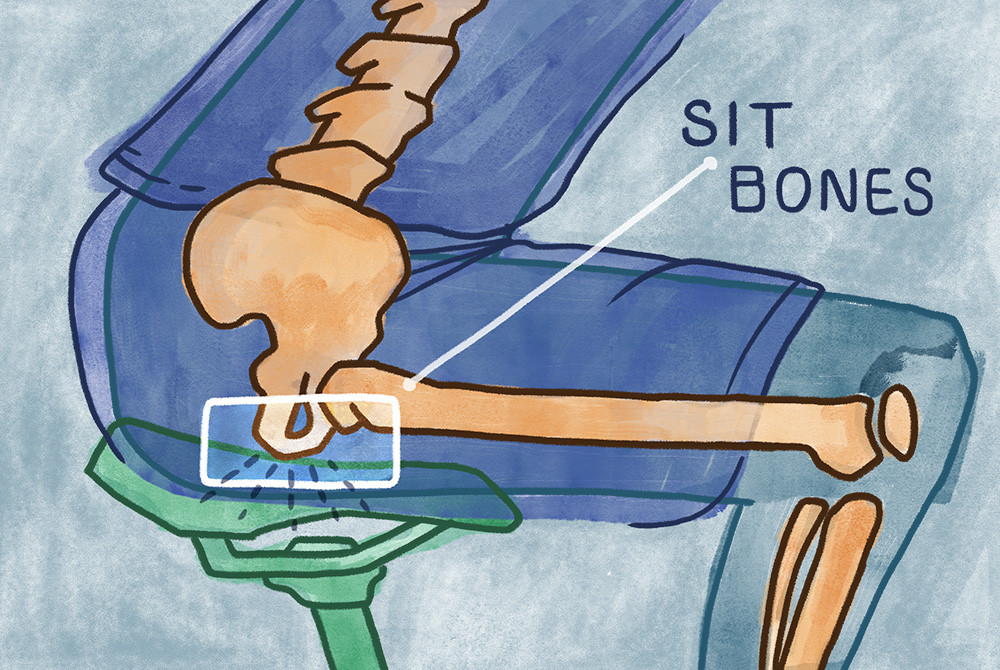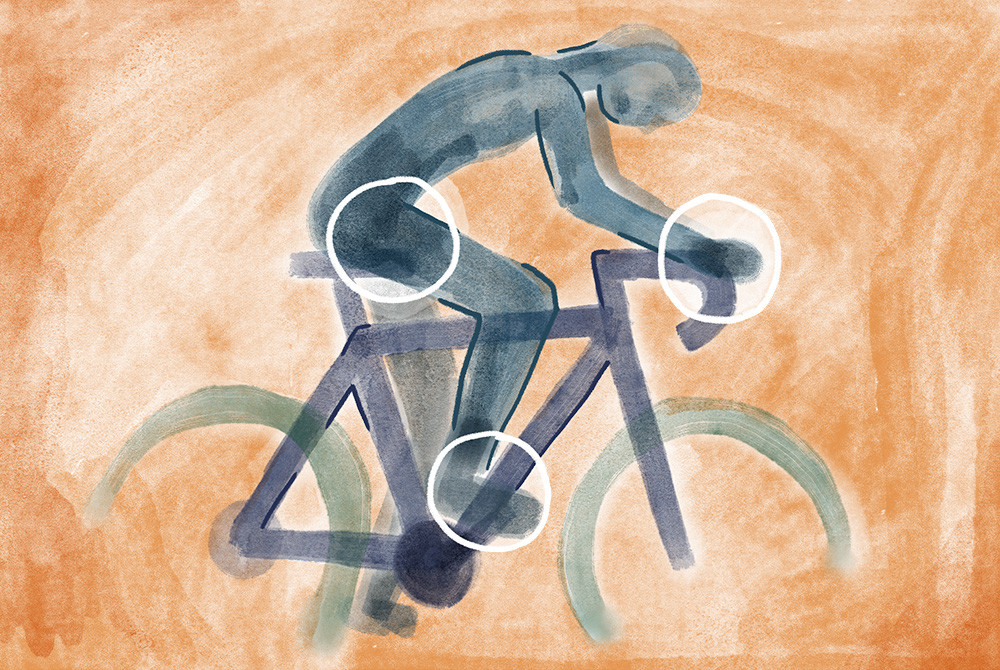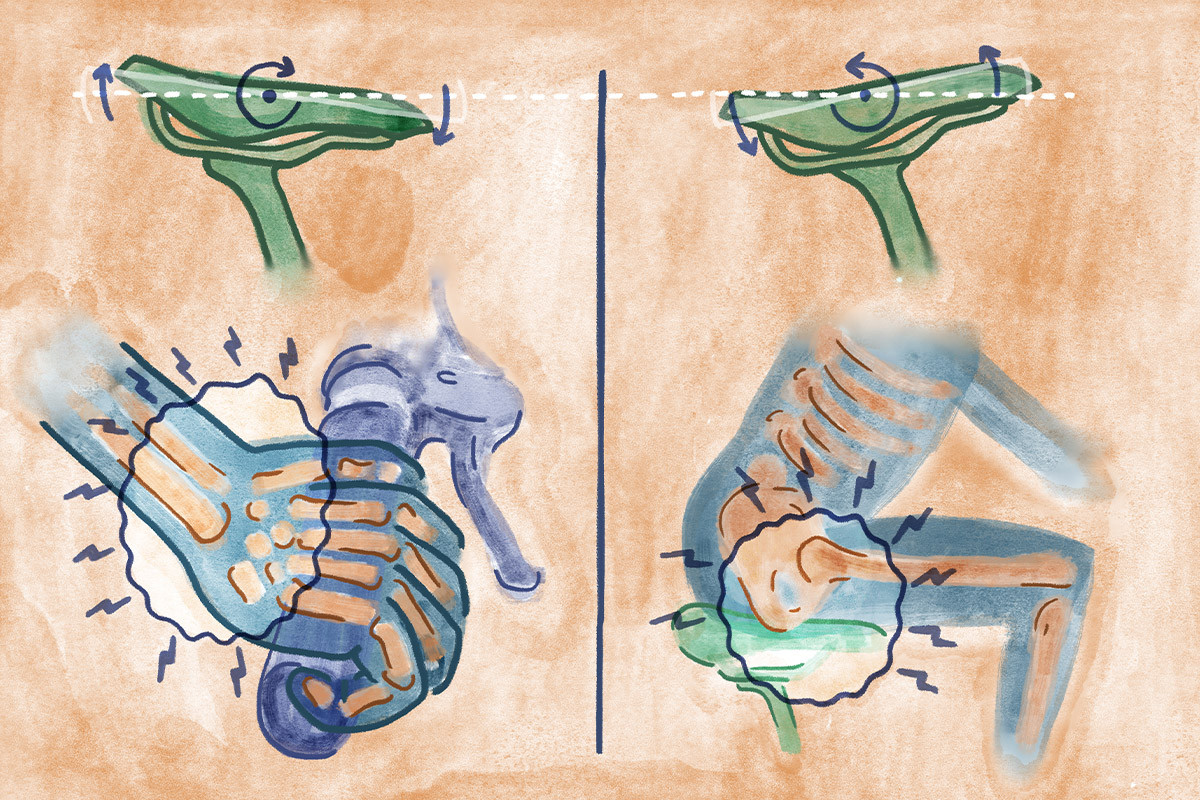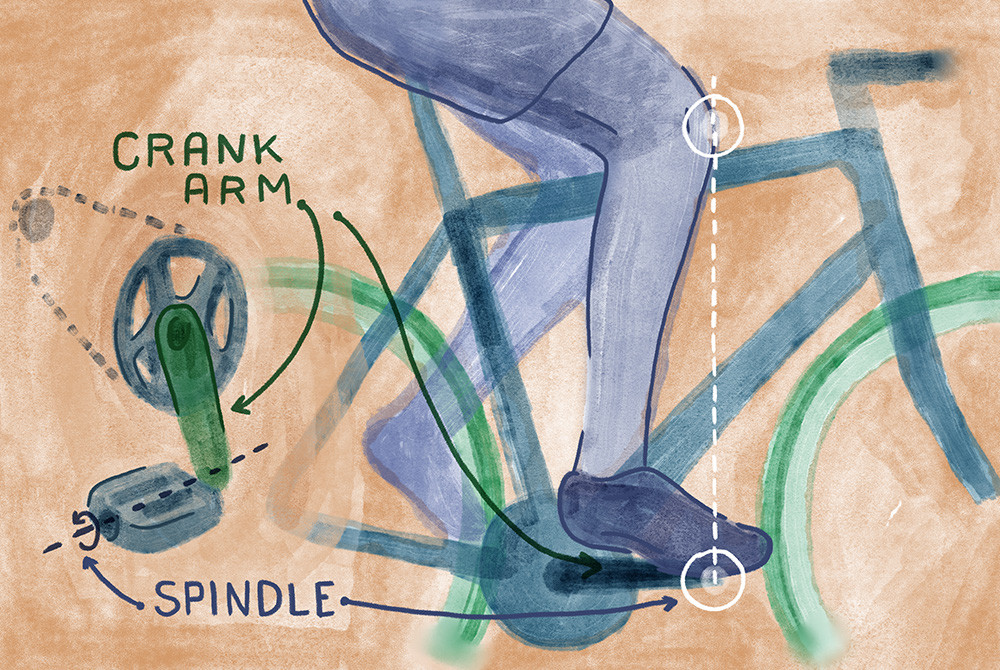Like many cyclists, I’ve spent years riding bikes that weren’t quite right, accepting discomfort as part of the experience. From navigating the Andes on a questionable $50 bike to commuting on a mountain with a saddle that actively damaged my clothing, I’ve learned firsthand the importance of bike fit and saddle comfort. My journey, much like many women who cycle, involved accepting saddle pain as normal for far too long. It wasn’t until recently that I discovered the transformative difference a proper Female Bike Seat and correct positioning can make. That moment of realization was a game-changer, a clear “Ohhhhhhh … oh I seeeeee … ”
Let’s be clear: cycling, especially for women, should not be a pain in the crotch.
While some initial soreness is expected when starting cycling or increasing distance – much like sitting on any hard surface for extended periods – persistent, sharp pain, numbness, or swelling in your sensitive areas is not normal. If you’re experiencing this, it’s a sign, not a given. The good news? It’s a problem you can solve by understanding saddle adjustment and, crucially, female bike seat selection.
 Illustration explaining sit bones in relation to a bicycle saddle.
Illustration explaining sit bones in relation to a bicycle saddle.
Why Female Bike Seats are Crucial for Comfort
For women, cycling discomfort often stems from excessive pressure on the vulva’s delicate tissues. A standard bike saddle, often designed with male anatomy in mind, can place undue pressure in the wrong areas. Ideally, your weight while cycling should be supported by your sit bones – the bony prominences at the base of your pelvis. When too much weight bears directly on the vulva (labia and surrounding tissues), pain, swelling, and numbness are common results. This is where female bike seats come into play.
Incorrect saddle height, tilt, fore/aft positioning, and overall bike fit are common culprits of this excessive pressure. However, the key is understanding that there’s no universal “correct” setup. The right adjustment and female bike seat are about tailoring your bike to your individual body and riding style. It’s all about how you feel on the bike.
 An illustration showing the three main contact points on a bicycle.
An illustration showing the three main contact points on a bicycle.
Saddle Adjustment: Fine-Tuning for Comfort with Your Female Bike Seat
Even with the best female bike seat, proper adjustment is essential. Think of saddle adjustment as balancing weight distribution across your three contact points: feet, hands, and your crotch.
Saddle Height Adjustment
Saddle height plays a significant role in this balance. A saddle positioned too low or too high shifts weight distribution, often forcing more pressure onto your crotch, even with a female bike seat. Generally, aim for a slight bend in your knee when your leg is fully extended at the bottom of the pedal stroke. Make small height adjustments, testing after each change, until you feel balanced and comfortable across all three contact points.
 Illustrates the effect of tilting a bike saddle too far up or down.
Illustrates the effect of tilting a bike saddle too far up or down.
Saddle Tilt Adjustment
Start with a neutral saddle tilt position for your female bike seat. The nose of the saddle shouldn’t be angled significantly up or down. An upward tilt can push uncomfortably into soft tissues, while a downward tilt can cause you to slide forward onto the narrower, less supportive part of the saddle. Downward tilt can also increase pressure on your hands and wrists, leading to hand pain.
 Illustrates a tip for setting the fore/aft position of your bicycle saddle.
Illustrates a tip for setting the fore/aft position of your bicycle saddle.
Saddle Fore/Aft Adjustment
Fore/aft saddle position influences your leg extension and weight distribution. A general guideline is to check your knee position when your crank arm is horizontal. Ideally, your kneecap should be positioned directly above the pedal spindle.
While precise measurement methods exist (like the plumb bob technique), the key takeaway is that fore/aft position is adjustable and impacts saddle comfort, even with a female bike seat. If unsure, start with the saddle in a central position on its rails and make small adjustments from there, paying attention to how it feels.
The Bigger Picture: Bike Fit and Your Female Bike Seat
Your female bike seat is just one component within the larger system of bike fit. Human bodies and bicycles are wonderfully complex, coming in diverse shapes and sizes. Saddle adjustment is always relative to other bike components, and the entire bike should be adjusted to your individual body.
If you’ve meticulously adjusted your female bike seat and still experience discomfort, the issue might stem from a broader bike fit problem. A frame that’s the wrong size, handlebars that are too low or high – these can all contribute to saddle pain. Consider a professional bike fit at a local bike shop or with a physical therapist specializing in cycling.
Selecting the Right Female Bike Seat: A Game Changer
Hopefully, after addressing saddle adjustment and bike fit, you’ll experience that “Aha!” moment and find comfortable cycling with your current female bike seat or adjusted saddle. However, if discomfort persists, it’s time to consider investing in a different saddle, specifically a female bike seat designed for women’s anatomy.
A significant challenge for women has been the prevalence of bike saddles designed primarily for men. Women generally have wider sit bones than men, necessitating wider saddles for proper support. Thankfully, the market now offers a range of female bike seats specifically designed to accommodate women’s wider sit bones and provide pressure relief in sensitive areas.
Choosing a female bike seat is a personal journey. What works perfectly for one cyclist might be uncomfortable for another. The best approach is to try out different female bike seats if possible. Many bike shops offer test saddles or have generous return policies. Experiment to find what truly feels good for you.
Real Riders, Real Relief with Female Bike Seats
In researching this article, I connected with fellow adventure cyclists about their saddle experiences. While some have been fortunate to avoid saddle issues, others shared stories highlighting the commonality of saddle discomfort and the eventual relief found with female bike seats and adjustments.
Kara de los Reyes recounted a humorous tale of touring England on a worn-out saddle that would flip upwards unexpectedly, a clear sign of saddle failure impacting comfort. Bikepacker Pepper Cook shared an experience of a new, un-broken-in saddle throwing off her entire bike fit right before a tour, emphasizing the importance of saddle familiarity. Hillary Goulet humorously described a painful incident caused by braking suddenly on an ill-fitting bike, underscoring the connection between bike size and saddle pressure.
These anecdotes, while sometimes funny in retrospect, highlight a shared experience: saddle discomfort is common, but solvable, often through saddle adjustments and the discovery of the right female bike seat. These women, with humor and persistence, found solutions, got back on their bikes, and continued riding. That’s the essence of cycling – adapting, adjusting, and enjoying the ride.
Cycling endurance shouldn’t be about enduring unnecessary pain. If cycling becomes a pain in the crotch, it’s a problem you can fix. It might be a simple adjustment or require some experimentation with female bike seats, but your body will thank you for taking the time to find a comfortable solution.
Nuts and Bolts: Troubleshooting Crotch Pain While Riding with Your Female Bike Seat
- Adjust your female bike seat for height, tilt, and fore/aft position.
- Assess your overall bike fit. Is the frame size and handlebar position appropriate?
- Experiment with a different female bike seat. Consider models designed for women’s anatomy and wider sit bones.
